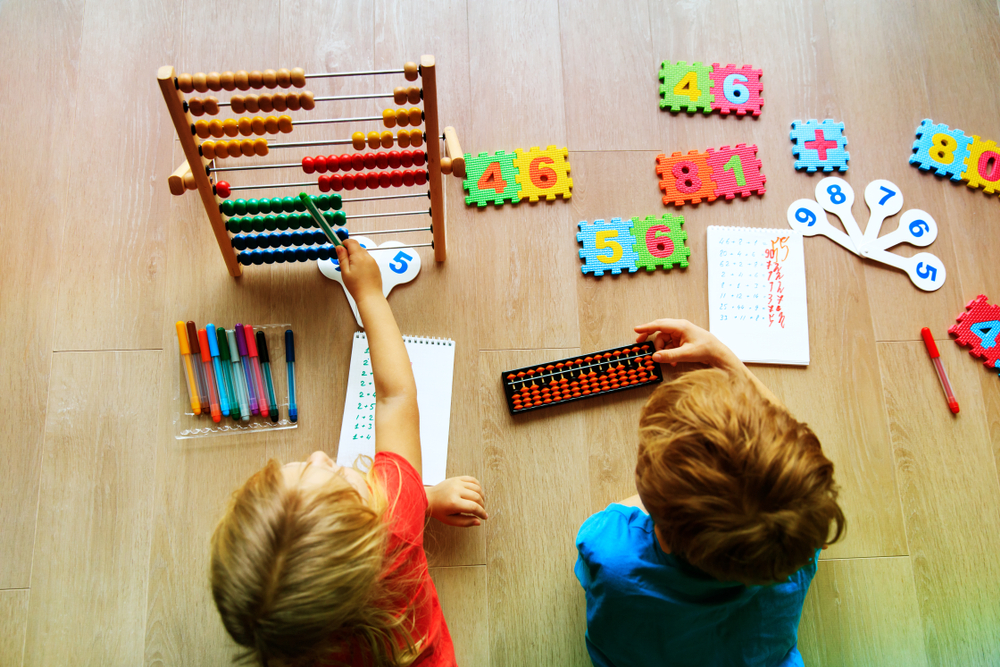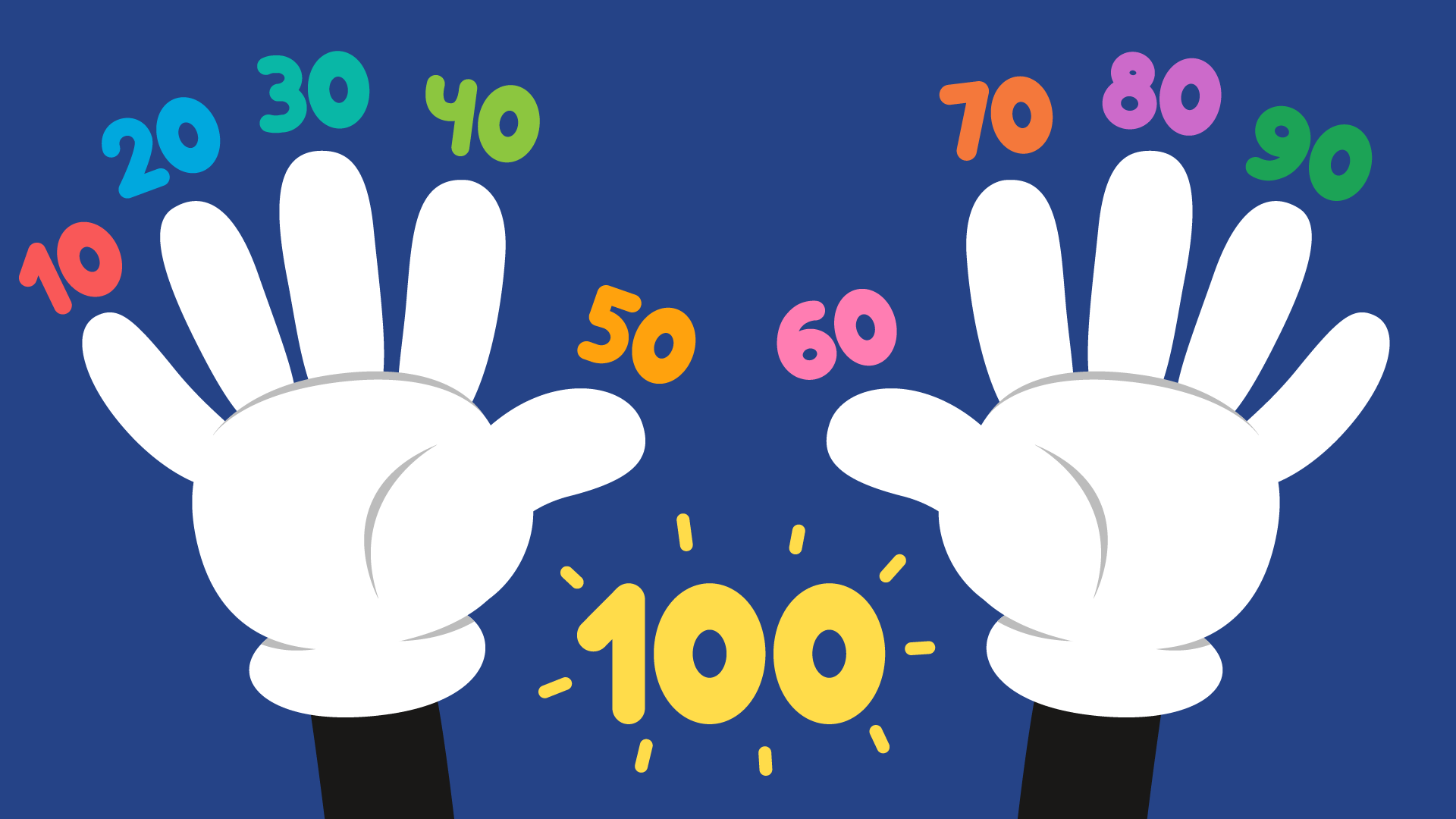Spatial reasoning Normal Math Worksheets for Ages 4-7
3 filtered results
-
From - To
Enhance your child's spatial reasoning skills with our engaging Normal Math Worksheets designed for ages 4-7! These carefully crafted worksheets encourage young learners to explore shapes, patterns, and spatial relationships through fun, interactive activities. Each worksheet promotes essential math concepts while nurturing critical thinking and problem-solving abilities. Ideal for both classroom use and at-home learning, our resources provide a hands-on approach to understanding spatial relationships in everyday contexts. Help your child build a strong foundation in math with enjoyable exercises that stimulate creativity and cognitive growth. Access the complete collection today and ensure your little one thrives in their educational journey!
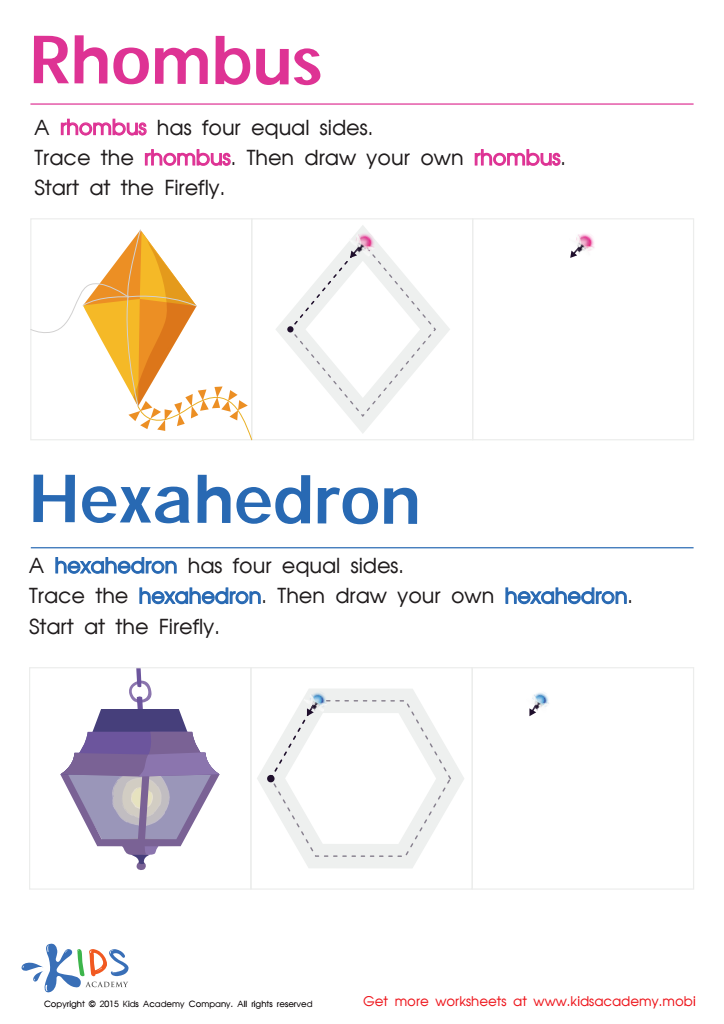

Draw a Rhombus And a Hexahedron Printable
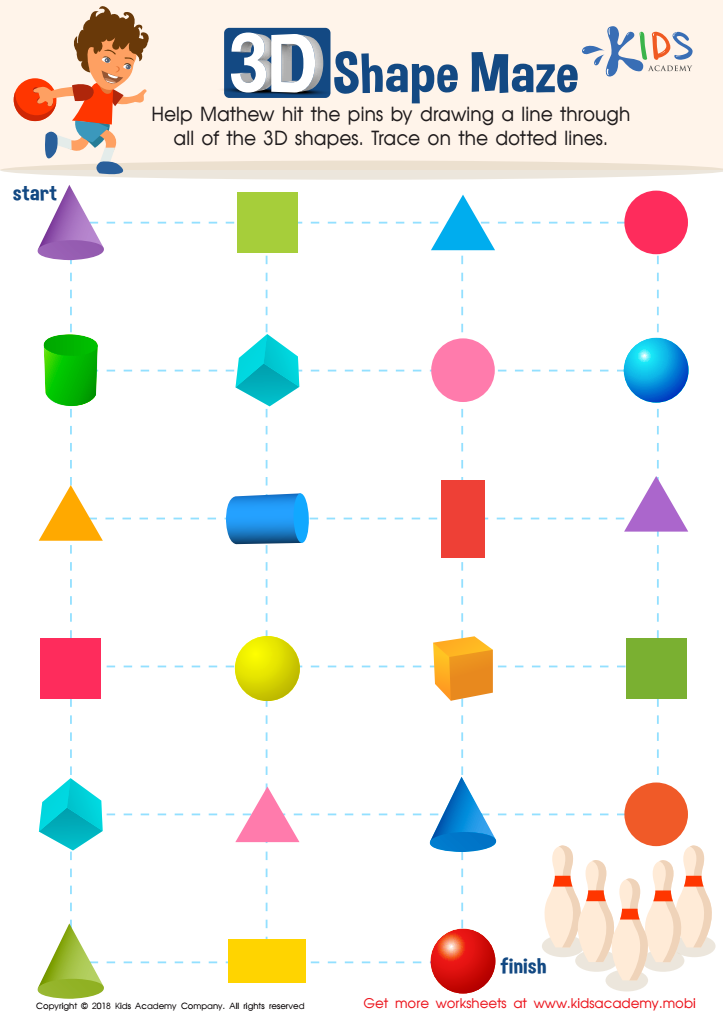

Shapes Maze Geometry Worksheet
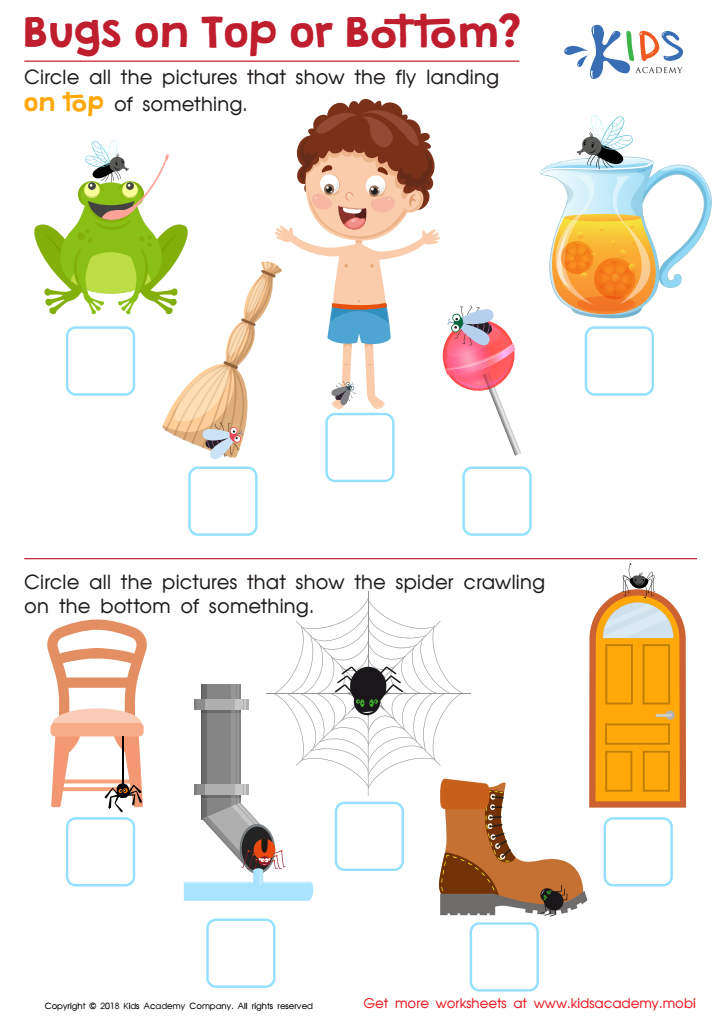

Bugs on Top or Bottom? Worksheet
Spatial reasoning is a crucial cognitive skill that significantly impacts a child’s overall mathematical understanding. For children aged 4-7, developing spatial reasoning provides a foundation for later complex mathematical concepts such as geometry and algebra. This skill allows children to visualize and manipulate objects in their minds, fostering better problem-solving abilities and critical thinking.
Parents and teachers should care about spatial reasoning in early math education for several reasons. Firstly, it supports not only mathematical proficiency but also enhances skills in areas such as science and engineering. Young learners with strong spatial reasoning can better understand relationships between objects, patterns, and sequences, essential for everyday tasks and academic achievement.
Moreover, engaging children through spatial reasoning activities, like puzzles, building blocks, and drawing, makes learning enjoyable and interactive. These activities also promote fine motor skills and encourage collaboration and communication among peers.
Encouraging spatial reasoning in early education helps build confidence and enthusiasm for math, which is essential for fostering a lifelong positive attitude towards learning. By prioritizing spatial skills, parents and teachers can lay a strong foundation for future academic success and real-world problem-solving abilities.
 Assign to My Students
Assign to My Students




